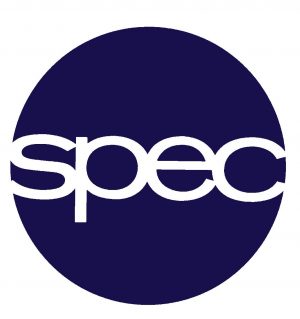Domain, Specialties : Theoretical physics, quantum mechanics
Keywords: quantum vacuum ; electromagnetic fluctuations ; electron-positron pairs; quantum friction
Research Unit : SPEC / SPHYNX
Summary
Electromagnetic fluctuations of quantum vacuum and blackbody radiation induce friction forces at the atomic level. This internship is devoted to considering quantum fluctuations of virtual particle-antiparticle pairs as well. The physical model developed at SPHYNX should evolve to include those fluctuations in the calculation of dissipative forces.
Full description
Quantum fluctuations induce conservative macroscopic forces such as the Casimir effect. They could also cause dissipative forces, termed vacuum (or quantum) friction. Up to now, this friction effect has been calculated with consideration of the electromagnetic fluctuations only, i.e. without taking into account the Dirac Sea. This project is devoted to the extension of our research in this direction: electrons, as main contributors of the matter-field interaction, also interact with electron-positron virtual pairs in the quantum vacuum. How much of quantum friction, at zero or finite temperature, could be due to this type of interaction? A first step will be adapting the present semi-classical framework to include vacuum polarization and pair creation. In doing so, one will encounter finite frequency cut-offs, traditionally linked to virtual pair creation; thus one will determine a friction component linked with the finite cut-off of Fourier integrals. On this research path, one shall pay attention to maintaining the mathematical coherence of the whole framework. A longer-term goal remains a complete and consistent quantum relativistic treatment of quantum friction at the atomic level.
Location
CEA Saclay, Site de l’Orme des merisiers (91) Essonne, France
Internship conditions
- Internship duration: 4 months
- Level of study: Bac+5
- Training: Master 2
- Continuation in PhD thesis: Yes
- Application deadline: 1 avril 2026
Experimental skills
Language : English
Useful methods and technics:
- differential equations
- formal calculus
- QED
Computer languages and software: Mathematica ; python ; LaTeX
Links
Site web du laboratoire : https://iramis.cea.fr/spec/
Personal web page of supervisor: Herve Bercegol
Supervisor
Herve Bercegol (SPEC/SPHYNX)
Phone: 06 17 91 24 79
Email :


